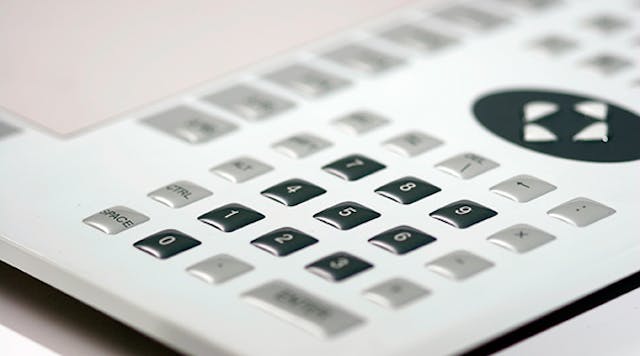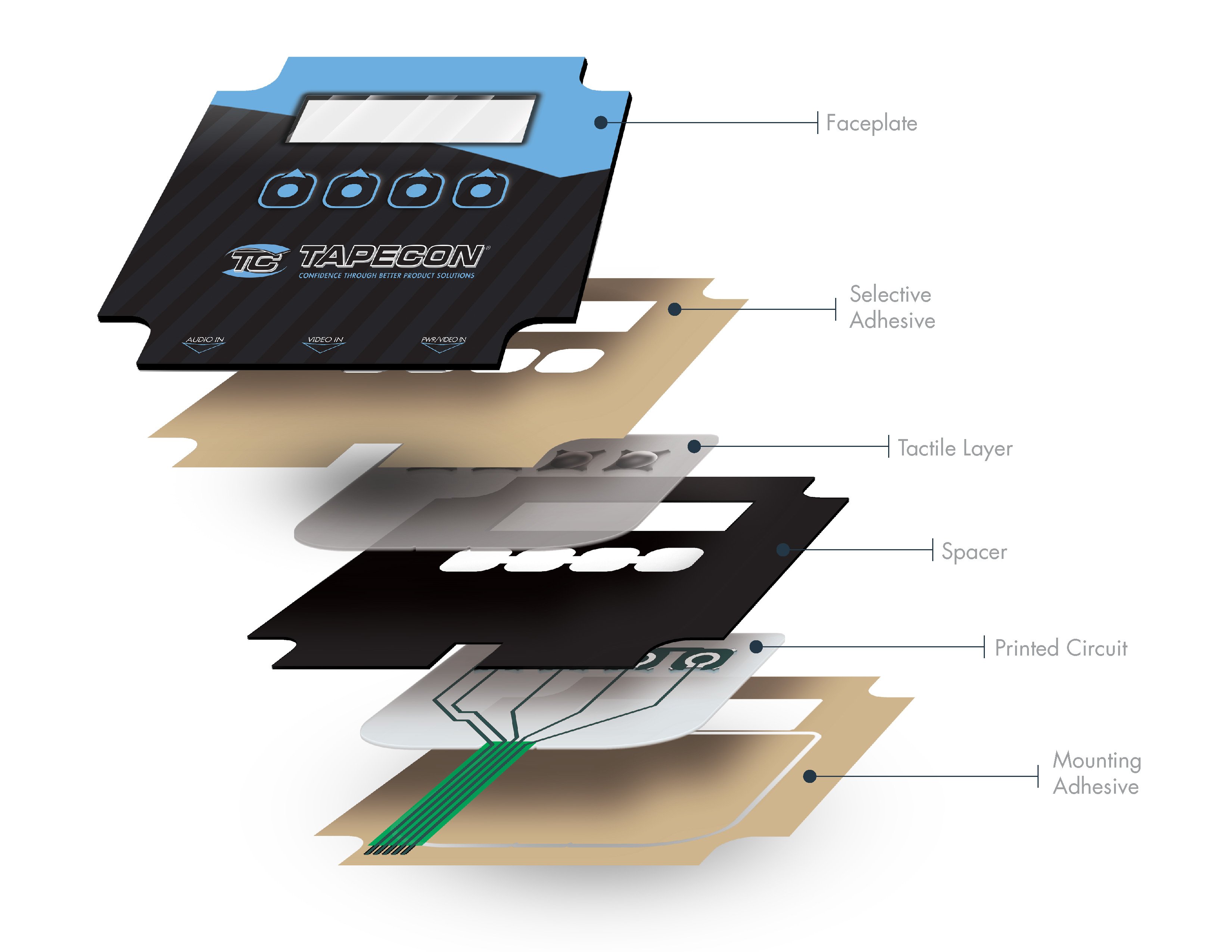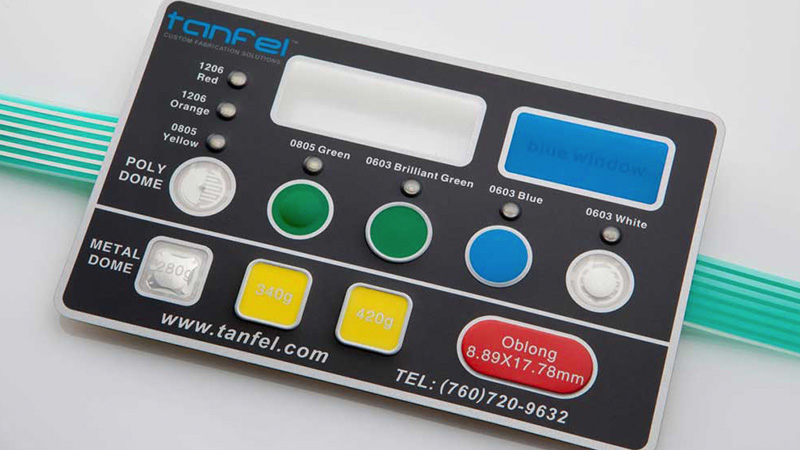Membrane Switches vs. Traditional Switches: What You Need to Know
Membrane Switches vs. Traditional Switches: What You Need to Know
Blog Article
Comprehending the Importance of Membrane Switches in Individual Interfaces
Membrane buttons are important parts in the style of reliable customer interfaces, facilitating not just performance however likewise improving visual appeal and customer interaction. As we discover the future trends and various benefits connected with Membrane technology, it becomes clear that these switches are more than just elements; they stand for a merging of innovation and functionality.
What Are Membrane Switches?

The spacer layer, which has sticky properties, enables the separation of the circuit layer from the overlay, making certain that the button remains in a non-activated state till pushed. When pressure is put on the overlay, it compresses the spacer layer, linking the gap and completing the circuit in the underlying layer. This layout not just minimizes the physical area required for standard mechanical buttons yet additionally enhances the resilience of the tool, as Membrane buttons are usually resistant to dust, moisture, and various other environmental factors.
Typically located in applications ranging from customer electronic devices to clinical gadgets, Membrane buttons are important to modern technology, providing a easy to use and effective interface that aligns with contemporary design requirements.
Benefits of Membrane Buttons
While many switch innovations exist, Membrane Switches offer distinct benefits that make them particularly desirable in various applications. One of the key advantages of Membrane switches is their small layout, which permits space-saving executions in devices where realty is restricted. Their thin account not only improves visual allure yet additionally assists in light-weight construction.
Another significant advantage is their resistance to ecological factors. Membrane buttons are normally sealed against wetness, dirt, and pollutants, making them suitable for usage popular environments, such as medical devices and commercial equipment. This durability prolongs the life-span of the button, decreasing maintenance costs and improving integrity.
Additionally, Membrane switches can be tailored to fulfill certain layout requirements, integrating one-of-a-kind graphics and colors that boost individual interaction. Their responsive feedback alternatives can also be tailored to offer a satisfying individual experience. In addition, Membrane buttons are cost-efficient, especially in high-volume applications, as they can be produced efficiently.
Applications in Various Industries

In the consumer electronic devices market, Membrane buttons prevail in devices such as microwaves, washing machines, and remote controls. Their tactile feedback and aesthetic options boost customer experience while providing a streamlined, modern appearance. Additionally, automotive producers make use of Membrane switches in dashboard controls and infotainment systems, where area is limited, and customer involvement is vital.
In addition, the commercial field leverages Membrane buttons in control panels for machinery and equipment, permitting for instinctive operation in typically extreme atmospheres. Their resistance to chemicals and moisture ensures durability and dependability in these applications. Overall, the flexibility of Membrane Switches adds significantly to their widespread usage, making them important in numerous technical domain names.
Style Considerations for Membrane Switches

When designing Membrane switches, several essential considerations have to be taken into consideration to ensure ideal performance and individual experience. To start with, the choice of products is crucial; picking sturdy, top quality substrates can enhance the button's long life and resistance to environmental elements such as wetness and temperature changes.
Second of all, the style of the graphic overlay ought to focus on clarity and convenience of usage. Symbols and text must be readable, and the format should facilitate user-friendly communication (membrane switches). Furthermore, tactile responses is important; including a tactile dome or other mechanisms can boost the user experience by offering physical verification of activation
An additional crucial aspect is the button's electrical efficiency. Designers have to make certain that the conductive traces are correctly made to minimize resistance and stay clear of signal disturbance. This involves evaluating the called for actuation force and making sure compatibility with the electronic elements they will interface go to these guys with.

Future Trends in Membrane Innovation
As modern technology remains to development, Membrane switches are poised to develop significantly, driven by find out here developments in materials and making methods. One emerging trend is the unification of advanced products, such as conductive inks and adaptable substrates, which improve resilience and lower the total weight of Membrane switches. These products not only enhance the tactile action but likewise enable the style of buttons that can withstand harsher environmental conditions.
Moreover, the integration of touch-sensitive technologies is changing standard Membrane Switches right into more interactive interface. Capacitive touch sensing units embedded within Membrane switch panels can give a much more receptive and user-friendly user experience, straightening with the growing demand for sleek, contemporary styles in consumer electronics.
Furthermore, developments in printing strategies, such as electronic and 3D printing, allow quick prototyping and customization of Membrane switches. This adaptability permits manufacturers to respond faster to market demands and customer preferences.
Finally, sustainability is becoming a significant focus, with manufacturers exploring environment-friendly products and procedures. As these trends unfold, the future of Membrane modern technology guarantees improved capability, aesthetic allure, and environmental duty, solidifying their function in advanced interface across numerous markets.
Verdict
Finally, Membrane Switches represent an important part in the style of interface, integrating functionality with aesthetic adaptability. Their advantages, consisting of longevity and resistance to environmental factors, make them appropriate for varied applications across numerous industries. Thoughtful style considerations improve user interaction and experience. As innovations in modern technology continue, the evolution of Membrane buttons is expected to further improve customer interfaces, driving innovation and improving usability in a significantly intricate technical landscape.
Membrane switches are indispensable elements in the style of reliable user interfaces, facilitating not only functionality but also boosting visual allure and user communication.Membrane Switches offer as an important element in various individual news interfaces, promoting a smooth communication in between individuals and digital devices.While countless switch modern technologies exist, Membrane Switches deal distinct benefits that make them especially preferable in different applications.Moreover, Membrane switches can be customized to satisfy particular style needs, integrating special graphics and colors that improve individual communication.In conclusion, Membrane Switches stand for an essential part in the layout of user interfaces, combining functionality with visual adaptability.
Report this page